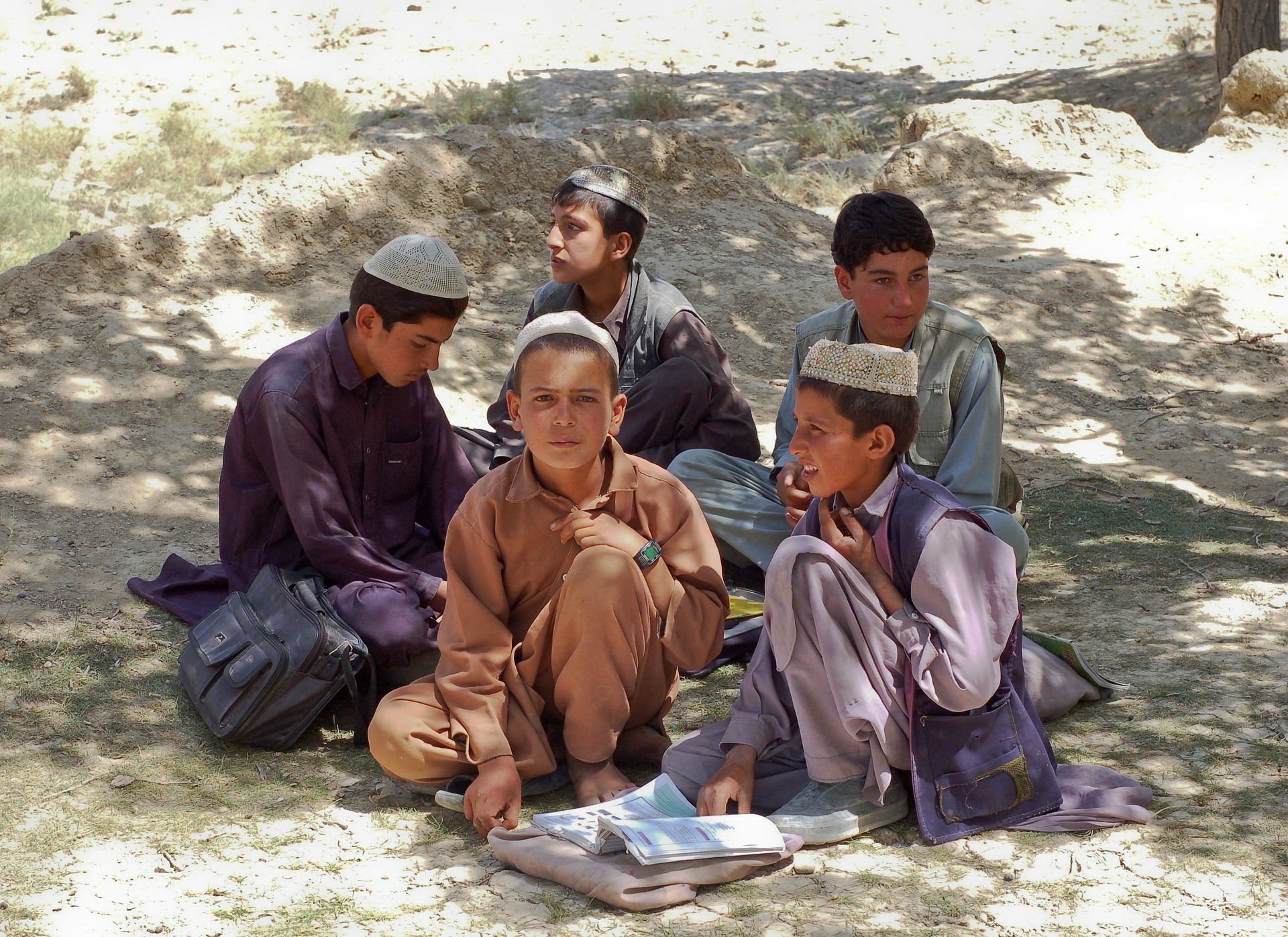 In recent years, Afghanistan has begun to recognize the important role that cultural heritage can play in developing a unified national identity that connects citizens beyond their perceived differences. For this reason, the government of Afghanistan created the National Program for Culture and Creative Economy (NPCE) with the support of the UNESCO office in Kabul. A broad initiative funded by a variety of donors, the NPCE covers eight vital thematic areas that are closely tied both to UNESCO’s areas of action in Afghanistan. In addition, they focus on the country’s needs and priorities as outlined in the government’s National Peace and Development Framework. Read on to learn more about these cultural and creative themes.
In recent years, Afghanistan has begun to recognize the important role that cultural heritage can play in developing a unified national identity that connects citizens beyond their perceived differences. For this reason, the government of Afghanistan created the National Program for Culture and Creative Economy (NPCE) with the support of the UNESCO office in Kabul. A broad initiative funded by a variety of donors, the NPCE covers eight vital thematic areas that are closely tied both to UNESCO’s areas of action in Afghanistan. In addition, they focus on the country’s needs and priorities as outlined in the government’s National Peace and Development Framework. Read on to learn more about these cultural and creative themes.
The Right to Culture
This thematic area focuses on the right to enjoy culture and creativity in conditions of equality and dignity without a fear of discrimination. Projects and initiatives in this category will focus on facilitating the right of all Afghans to access culture. Examples include supporting access to libraries, workshops, community and cultural centers, and other creative hubs; using cultural activities to help integrate returnees and refugees; and encouraging private sector partnerships to provide financial and other support to Afghanistan’s cultural sector.
Improved Higher Education for Culture and Creative Industries
While there is a national movement to re-center culture in Afghan society and to ensure that cultural heritage and creative industries are able to grow and thrive over the long term, this desire is hampered by the country’s lack of national cultural experts. Systemic and structured investments that target specific competencies are needed to fill these gaps. For instance, this thematic area could oversee the creation of new institutions such as schools of design or university departments for heritage conservation and management.
The Afghanistan Translation Movement
The goal of this thematic area is to launch a comprehensive knowledge movement in Afghanistan. Taking its name from the Islamic Golden Age—during which scholars gathered to translate the world’s classical knowledge into the Arabic and Persian languages—the Translation Movement aims to make the sources of today’s universal knowledge accessible to Afghan citizens in their own language. At a time when it is rare to find Dari or Pashto translations of university textbooks, for example, this thematic category strongly supports the right to culture and improvement in higher education.
Legal Framework and Policies for Culture
In order for Afghanistan’s creative and cultural industries to thrive—and for its vital cultural heritage to be protected and preserved—there must be streamlined and relevant policies and regulations in place under Afghan law. Through advocacy efforts and expert consultation, the NPCE is working to support the Afghan government through a full review and revision of existing cultural heritage laws.
Safeguarding the Cultural Heritage of Afghanistan
Afghanistan’s “built heritage”—its monuments, mosques, and ancient cities—are an important asset and testament to the country’s thousands of years of history. However, due to their isolation and dispersal, far too many cultural sites are not perceived as integral to the fabric of Afghanistan’s rapidly changing society. This thematic area aims to foster a new attitude toward built heritage by supporting and implementing projects (such as rehabilitation works in historical urban contexts) that benefit the community and, in doing so, demonstrate that cultural preservation can enhance development.
Architecture for Public Spaces
After decades of political and social upheaval that have affected all levels of society, Afghanistan is in the midst of a period of explosive growth: displaced people are returning to the country in large numbers, and more Afghans are transitioning from a rural to urban existence. This has taken a toll on Afghanistan’s cities, which are struggling to accommodate these sweeping changes without destroying built heritage. This thematic area of the NPCE works to support state and local urban planning authorities to preserve existing heritage on the one hand, and to promote better contemporary architecture on the other.
The Afghanistan Cultural Centers Network
Through this thematic category, UNESCO and the NPCE aim to use a networking strategy to resolve the disconnect that can arise over cultural development work at the policy and the project levels. Often, significant policy changes do not “trickle down” effectively to the local level, where they would be of most immediate benefit. Likewise, the short-term effects of project-level initiatives often do not make it past the local sphere to the policy level, where the lessons learned could be put to broader use. This thematic area aims to open up channels of information across local cultural centers in order to provide greater opportunities to better exchange ideas and influence policy creation.
The Afghanistan Creative Cities Network
In 2015, Bamiyan became the first city in Central Asia to join the UNESCO Creative Cities Network, an association of 116 international member cities committed to investing in creative industries and the creative economy. This thematic area aims to pave the way for more Afghan cities to join the network and benefit from its worldwide cooperation, intercultural dialogue, and support.

